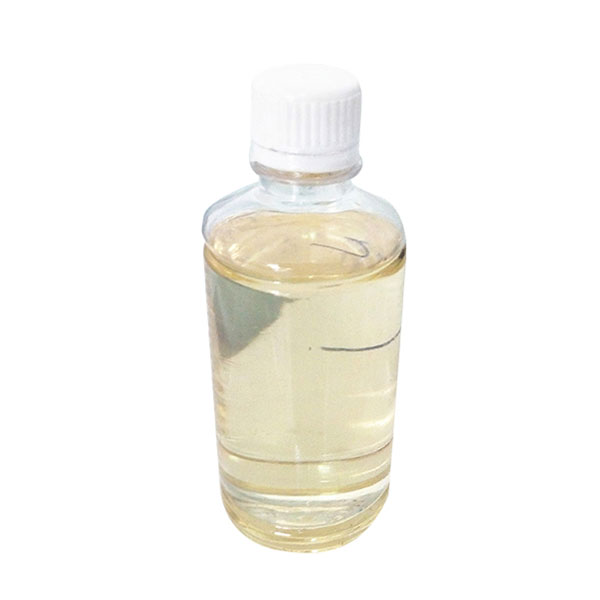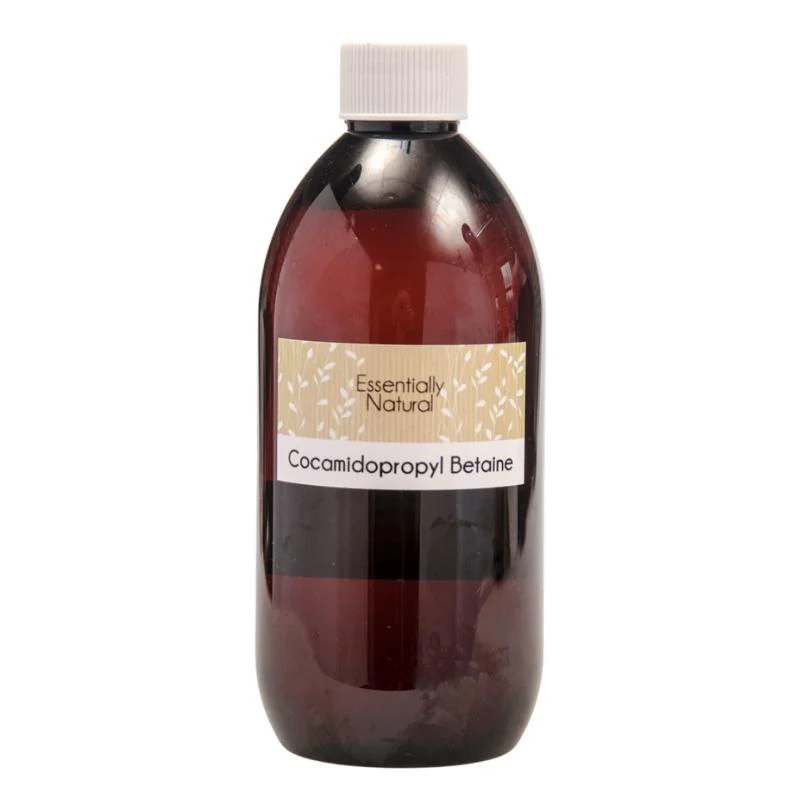Description
Cocamidopropyl Betaine: The Gentle Giant in Your Bathroom
You might not recognize the name at first glance, but Cocamidopropyl Betaine (CAPB) is likely a frequent visitor to your bathroom. This mild, amphoteric surfactant plays a vital role in a wide array of personal care products, from shampoos and body washes to hand soaps and even baby products. But what exactly is CAPB and why is it so popular?
What is Cocamidopropyl Betaine?
CAPB is a synthetic surfactant derived from coconut oil and dimethylaminopropylamine. Surfactants are substances that reduce the surface tension of water, allowing it to mix with oil and dirt. This is crucial for cleansing, as it allows products to effectively lift away impurities and wash them away.
Why is CAPB So Widely Used?
CAPB’s popularity stems from its unique combination of desirable properties:
- Gentle Cleaning: Unlike harsh sulfates that can strip the skin and hair of its natural oils, CAPB is known for its mildness. This makes it suitable for sensitive skin and delicate applications like baby washes and facial cleansers.
- Foam Boosting: CAPB effectively boosts the lather of other surfactants, contributing to the rich, luxurious foam we often associate with cleansing products.
- Viscosity Control: It can help thicken formulations, providing a desirable consistency for shampoos, body washes, and other liquid products.
- Antistatic Properties: In hair care products, CAPB helps reduce static electricity, leaving hair smoother and more manageable.
- Emulsifying Agent: CAPB can assist in blending oil and water-based ingredients in a formula, contributing to a stable and homogenous product.
- Biodegradable: Compared to some other surfactants, CAPB is considered more readily biodegradable, making it a more environmentally conscious choice.
Where Can You Find It?
CAPB is a versatile ingredient found in a vast range of personal care and cleaning products, including:
- Shampoos and Conditioners: For gentle cleansing and improved manageability.
- Body Washes and Shower Gels: For lather and a mild cleansing experience.
- Facial Cleansers: Due to its gentle nature, it’s often found in cleansers for sensitive skin.
- Hand Soaps: For effective and gentle hand washing.
- Baby Shampoos and Body Washes: Prioritizing gentleness and safety for delicate infant skin.
- Bath Products: Bubble baths and other bath products benefit from its foaming properties.
- Laundry Detergents: In some laundry detergents, it helps lift away dirt and grime.
Addressing Concerns: Allergies and Sensitivities
While generally considered safe, CAPB can be an allergen for some individuals. Allergic reactions can manifest as skin irritation, itching, redness, or even more severe allergic reactions in rare cases.
It’s important to note that some allergic reactions attributed to CAPB may actually be due to impurities present during its manufacturing process. Modern manufacturing processes have significantly reduced the presence of these impurities, but individuals with known sensitivities should still be cautious.
Tips for Choosing Products with CAPB:
- Read the Label: Always check the ingredient list on personal care products.
- Patch Test: If you have sensitive skin, consider performing a patch test before using a product with CAPB extensively. Apply a small amount to a discreet area of skin and wait 24-48 hours to observe for any reactions.
- Look for “Hypoallergenic” Products: While “hypoallergenic” isn’t a regulated term, products marketed as such often contain gentler ingredients and fewer potential irritants.
- Consult a Dermatologist: If you suspect you have an allergy to CAPB, consult a dermatologist for proper diagnosis and advice.
The Bottom Line:
Cocamidopropyl Betaine is a valuable and widely used ingredient in the personal care industry, offering a delicate balance of cleansing efficacy, foam boosting, and gentle application. While sensitivities are possible, modern manufacturing practices have minimized potential irritants. By understanding its benefits and potential drawbacks, you can make informed decisions about the products you choose and ensure a positive experience with this versatile surfactant.















Reviews
There are no reviews yet.